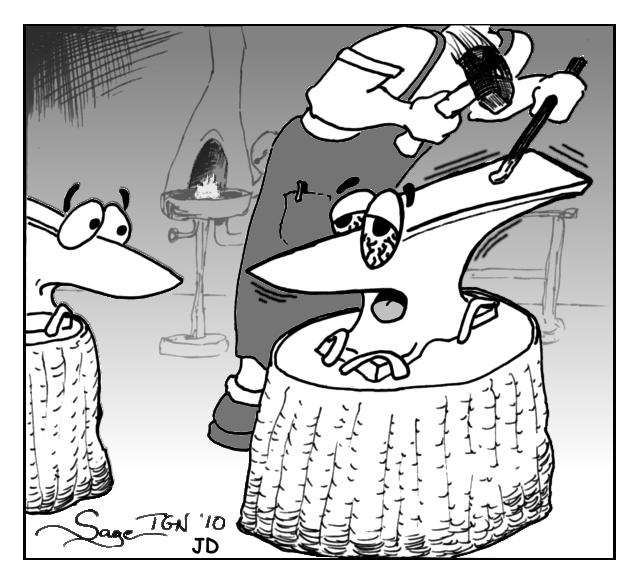|
|
| |
| |
| |
|
| |
|
| |
| |
| |
| |
| |
| |
| |
| |
| |
| |
| |
| |
| |
| |
|
Tell them you found it on anvilfire.com!
|
|
|
 The shop clown, who shot his mouth off once too many times
The shop clown, who shot his mouth off once too many times
This is one of those very dangerous tricks that some idiot may "get away" with a few times, but the odds eventually catch up with you.
DO NOT try this at home! See The Got Away With It Factor.
|
 Man, I had too much slack-tub juice last night!
Man, I had too much slack-tub juice last night!
I've been ringing all morning.
|
|
|
This is one of those very dangerous tricks that some idiot may "get away" with a few times, but the odds eventually catch up with you. DO NOT try this at home! See The Got Away With It Factor.